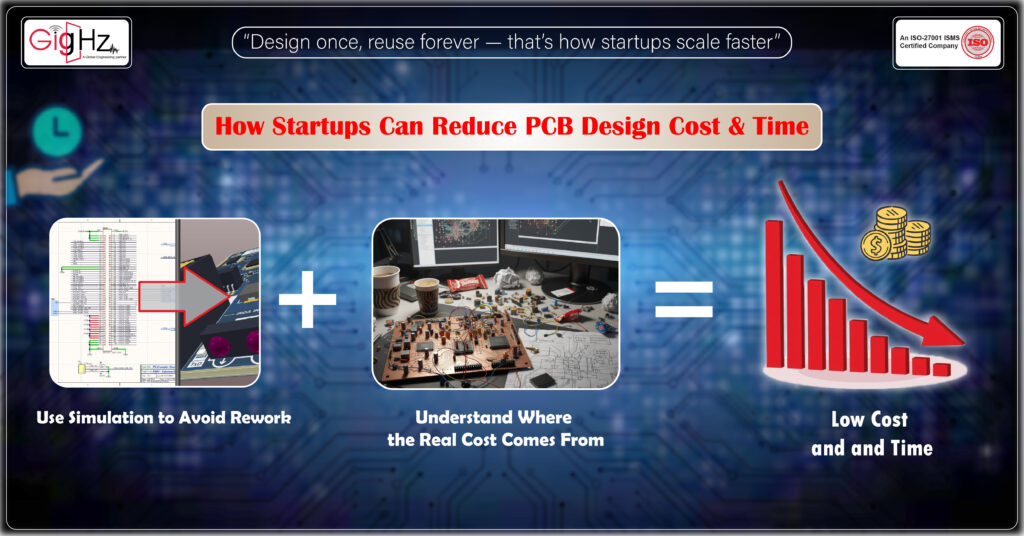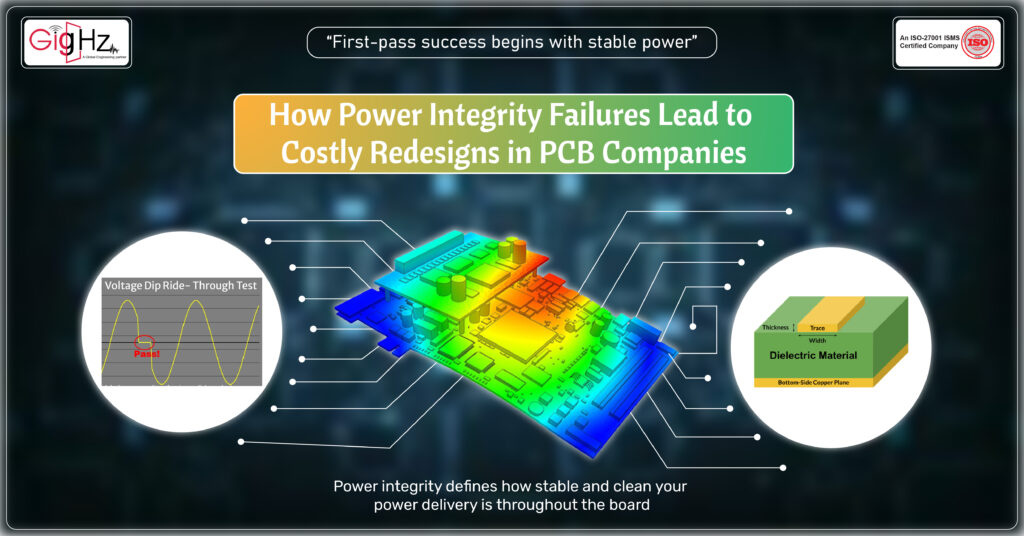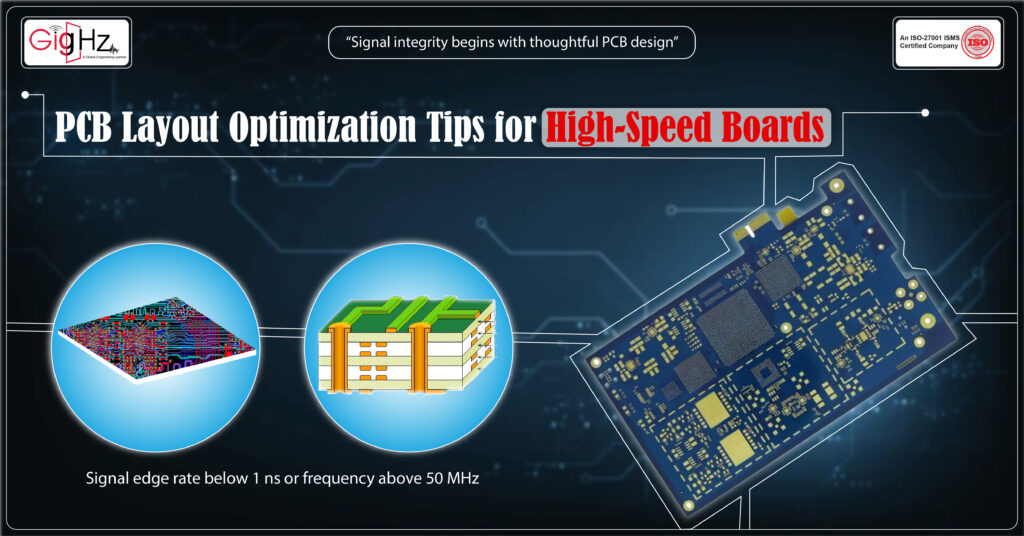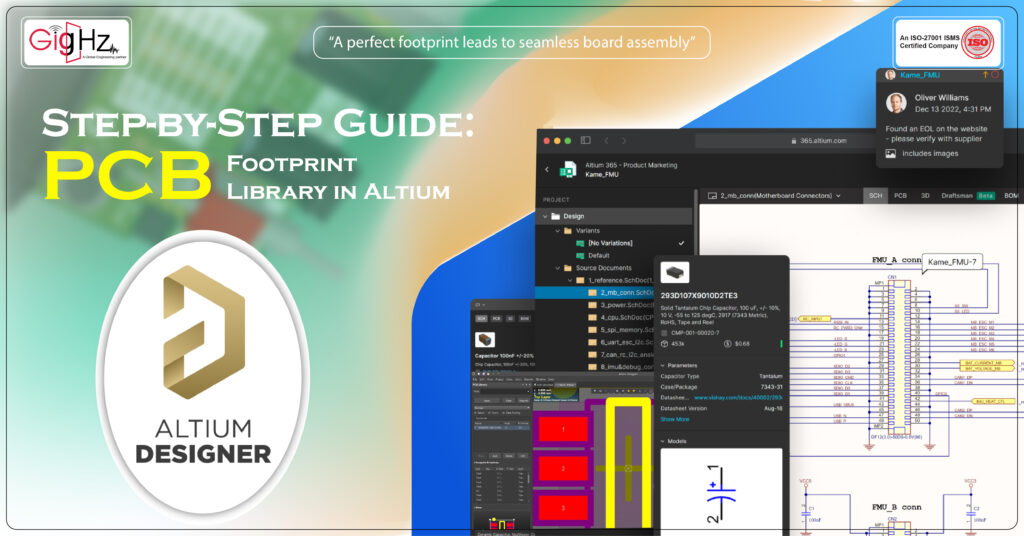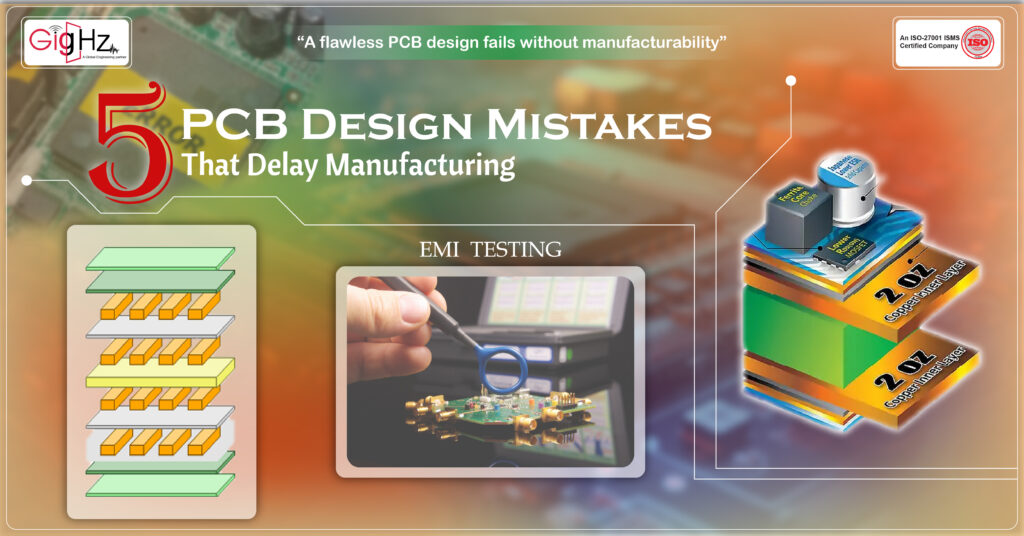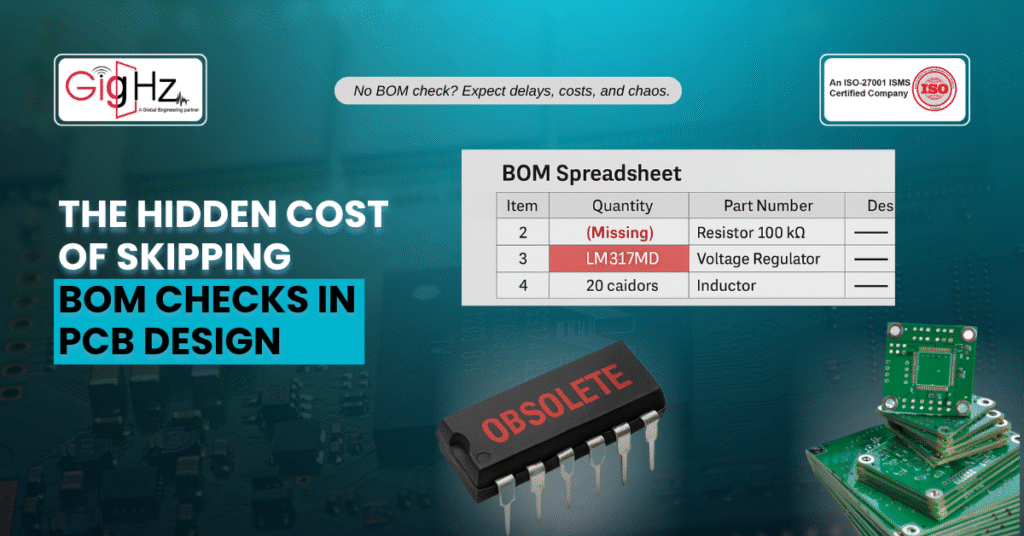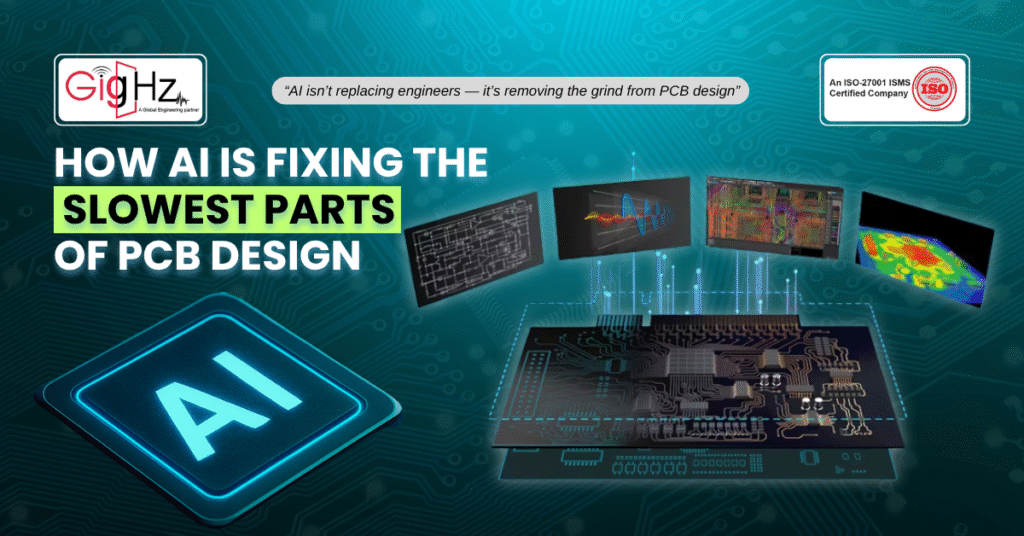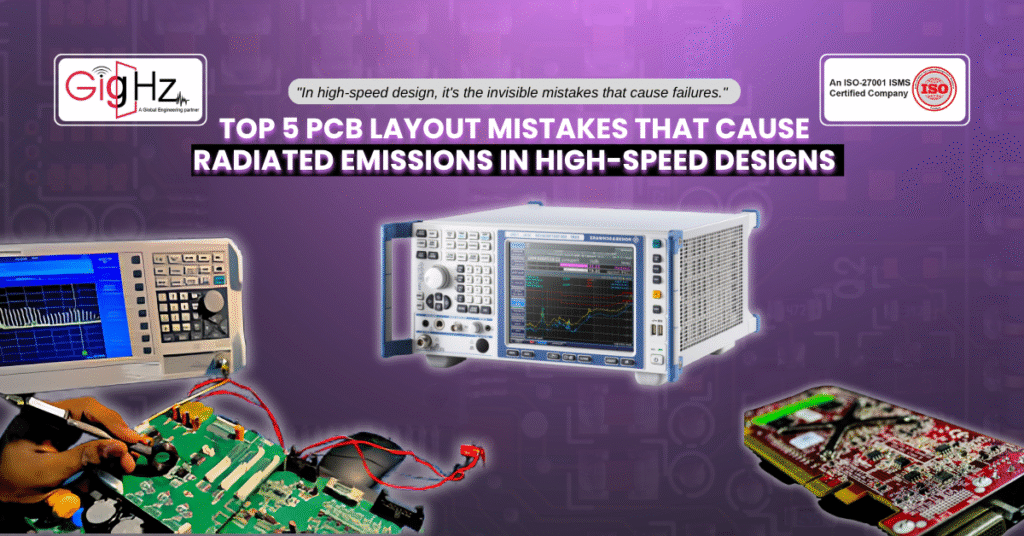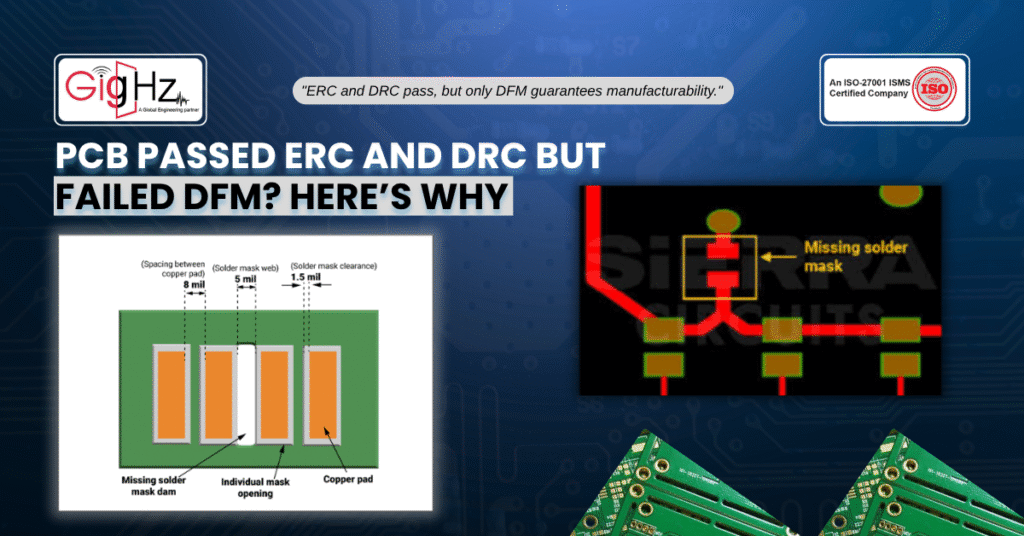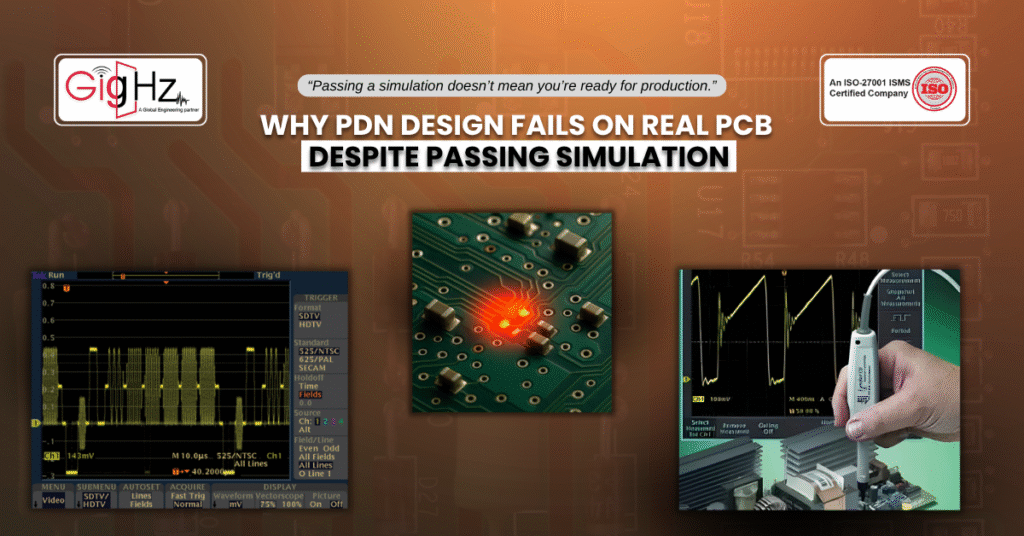How Startups Can Reduce PCB Design Cost & Time
In a startup, time and money move faster than anything else. You have a great product idea, a small team, and a strict deadline but one part of the journey needs the right focus to stay on track — PCB design. Many founders underestimate it at first. They assume it’s just about placing components and
